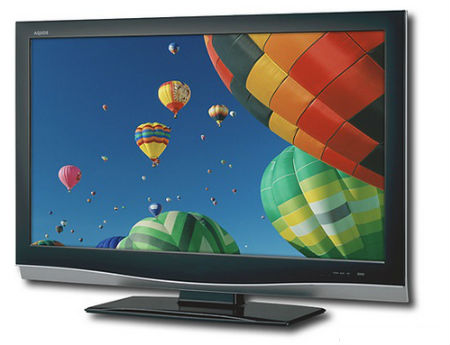LRG: 83% of U.S. Homes Get Pay TV

About 83% of all U.S. households take some type of a pay TV service, down from 87% in 2010 yet up from 81% in 2005, but that recent decline is not solely caused by consumers fleeing the category,LeichtmanResearch Group found in a new study.
While the total number of subscribers with top pay-TV providers at the end of 2Q 2015 is similar to totals from five years ago, US Census Bureau data shows that occupied housing rose by more than 4.5 million, resulting in that decrease in pay TV penetration.
“Changes in the dynamics of the pay-TV industry are not driven just by those exiting the category, but also those coming into the category,” said Bruce Leichtman, president and principal analyst for LRG, in a statement. “Historically, consumers have gone in and out of the pay-TV category, primarily for economic reasons. While the rate of those leaving is actually similar to a decade ago, those who are entering or reentering the market has decreased over time, and the industry is not keeping pace with rental housing growth.”
Among TV households that do not currently subscribe to a pay-TV service, 17% paid for a service in the past year, while 70% of non-subscribers last subscribed over three years ago, or never subscribed to a pay-TV service, LRG found in the study -- Cable, DBS & Telcos: Competing for Customers 2015, which was based on a phone survey of 1,222 U.S. households. It was LRG’s 13th annual study on the topic.
LRG also found that households using a TV, 12% don’t subscribe to pay TV, versus 23% of renters. About 21% of those who moved in the past year do not currently take a pay TV service, up from just 12% in 2010.
Of homes without a pay TV service, 63% get an SVOD service, and 62% have an over-the-air TV antenna.
About 5% of homes don’t take a traditional pay TV servcie but have both an SVOD service and have an OTA antenna.
Multichannel Newsletter
The smarter way to stay on top of the multichannel video marketplace. Sign up below.
And those who are staying with pay TV are, of course, paying more. The mean reported monthly spending on it is $99.10, 39% since 2010, LRG found.
